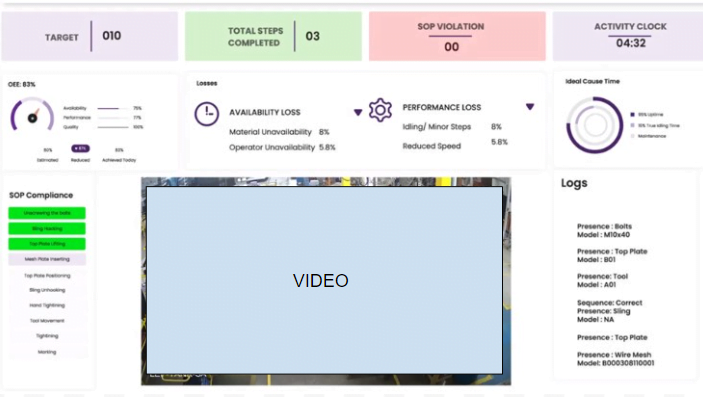
Why Traditional RAG Fails and How Structured Data RAG Solves It
Table of Contents Introduction If you’ve been keeping up with the world of AI tools and technologies, you’ve probably come

Table of Contents Introduction If you’ve been keeping up with the world of AI tools and technologies, you’ve probably come

Providing real-time alerts and analytics for workplace safety and compliance Safety Insights – A Solution for Workplace Compliance and Safety
As an experienced provider of AI and IoT software solutions, Nyx Wolves is committed to driving your digital transformation journey.
We Schedule a call at your convenience
We do a discovery and consulting meting
We prepare a proposal
USA

Saudi Arabia
UAE (Dubai)
Singapore
UK
South Africa